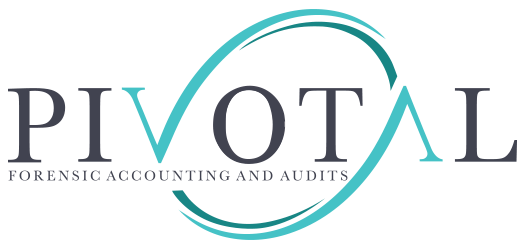Accounting,Business,Case Summary,Forensic Accounting,Government,In the news,Management Accounting,Washington State
The Bellevue School District (BSD) is grappling with a $14.4 million budget shortfall for the 2024–25 fiscal year
Introduction:
Not every financial woe, issue, or failure stems from outright fraud. In many cases, they arise from mishandling, mismanagement, or an inability to adapt to changing circumstances—whether it’s shifting enrollment numbers, evolving resource needs, or broader challenges to long-term sustainability. This is why accurate record-keeping, timely audits, and robust fiscal oversight are critical. Sound forecasting must balance future funding realities against current operational needs and aspirational “wants.” Without this discipline, even well-intentioned organizations can find themselves in a financial tailspin, eroding community trust and inviting external intervention.
The Case:
The Bellevue School District (BSD) is grappling with a $14.4 million budget shortfall for the 2024–25 fiscal year. In response, the district’s board passed a resolution petitioning the Washington Office of Superintendent of Public Instruction (OSPI) to allow the use of future tax revenue to temporarily plug the gap. Meanwhile, current operations are strained: spending outpaces revenues, cash reserves are depleted, and the district may soon face state financial oversight.
OSPI indicates that once “binding conditions” are in place, BSD will be one of eight districts under enhanced scrutiny. This will include monthly financial reporting, restrictions on current spending, and access to future proceeds.
Forensic Accounting Focus
1. Revenue vs Expense Variance
-
Enrollment-based funding is the foundation of state revenue, and BSD has experienced declining student numbers.
-
A loss of $15 million annually is attributed to a local levy cap, waning federal COVID aid, inflation, and rising operational costs.
-
Yet spending remains $10 million higher than revenues each year for the past three years komonews.com—a structurally unsustainable trend that must be tested: was this driven by board policy, executive decision-making, or accounting oversight?
Forensic review should:
-
Match projected vs actual budget across years.
-
Analyze cost drivers: staffing, facilities, transportation.
-
Investigate non-recurring vs recurring expenses to identify hidden liabilities.
2. Reserve and Cash-Flow Analysis
-
Cash reserves are “depleted”—a critical red flag
-
Forensic accountants must determine:
-
Debt levels and servicing timelines.
-
Timing of expenditures vs incoming revenues.
-
Any late payments to vendors or employee expenditures using short-term borrowing.
-
3. Use of Future Tax Revenue
-
BSD is seeking permission to access tax revenue early—essentially borrowing against future income komonews.com.
-
Forensic audit considerations:
-
Assess compliance with legal statutes for this mechanism.
-
Examine transaction logs showing how advanced funds, once received, were applied.
-
Evaluate transparency and record-keeping around these transactions.
-
4. Internal Control Environment
-
With OSPI looming oversight, strengthening internal controls is essential.
-
Examine:
-
The clarity, enforcement, and updating of procurement and expense policies.
-
Budget amendment processes, especially where executive discretion was applied.
-
Whether BSD leadership documented analyses justifying spending above revenues.
-
5. Stakeholder Communication & Misrepresentation
-
Former assumptions around future funding were “inaccurate,” per Superintendent Aramaki komonews.com — potentially misleading stakeholders.
-
A forensic review should include:
-
Comparing public budget forecasts with internal projections.
-
Identifying any instances where BSD publicly presented reassuring yet inaccurate financial outlooks.
-
Recommended Forensic Procedures
-
Trend Analysis – Compare actual results vs budget and multi-year forecasts.
-
Detailed Ledger Trace – Reconcile reserve depletion with bank logs and board authorizations.
-
Policy Compliance Testing – Verify adherence to OSPI guidelines and district policies.
-
Transparency Audit – Review disclosures to board and community for completeness.
-
Authorization Log Review – Document exceptions or overrides, especially rows where spending exceeded policy limits.
-
Cash Flow Forecasting – Model forward-looking scenarios to test solvency under various assumptions.
-
Interviews – Gather insights from finance staff, administrators, and board members about decision‑making and reporting accuracy.
Implications for State Oversight
With binding conditions likely imminent, forensic findings should support:
-
Structured monthly financial reporting to OSPI.
-
Clear governance of future-tax access.
-
Remediation plans addressing root causes: declining enrollment, reliance on exhausted reserves, rigid cost structure.
Conclusion
Bellevue’s budget crisis stems from structural imbalances—recurring spending surpasses revenue, reserves have evaporated, and reserve pledges have pressured future cash flow. From a forensic accounting standpoint, the urgent task is to audit the drivers, correct misrepresentations, and shore up internal controls ahead of impending state oversight. A thoroughly documented forensic audit will not only support regulatory compliance but restore stakeholder confidence and set the district on a path to long-term fiscal health.


